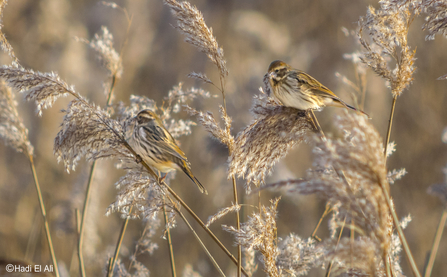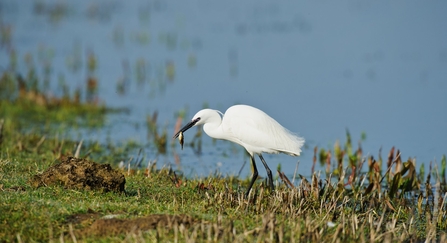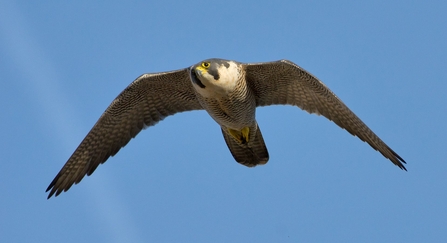The main reason for London’s variety of birdlife is the variety of habitats the city provides. Although we are seeing an increasing dominance of urban sprawl and uniformly mown grass, pockets of reed bed, which can be found at Woodberry Wetlands (where I’ve been based for most of my Traineeship) and Walthamstow Wetlands provide a welcome change for birds like reed buntings and reed warblers. This is a small migrator, which values the protection of the beds when it nests here in the summer to escape the intense heat of Sub-Saharan Africa. The diversification of London’s wildlife has been so successful that these birds tend to gravitate to the same locations every year.
As well as the hugely popular reed beds, Woodberry’s oak trees provide perfect nesting grounds and feeding stations for many species which inhabit the UK all year round. Including great-spotted woodpeckers, with their distinctive drill-like rattle, and green woodpeckers, with their equally mesmerising laughing call. The decline in green spaces and woodland areas has hit invertebrate populations too, so these trees have become an even more vital source of ant and other insect populations which these birds almost solely rely on.



